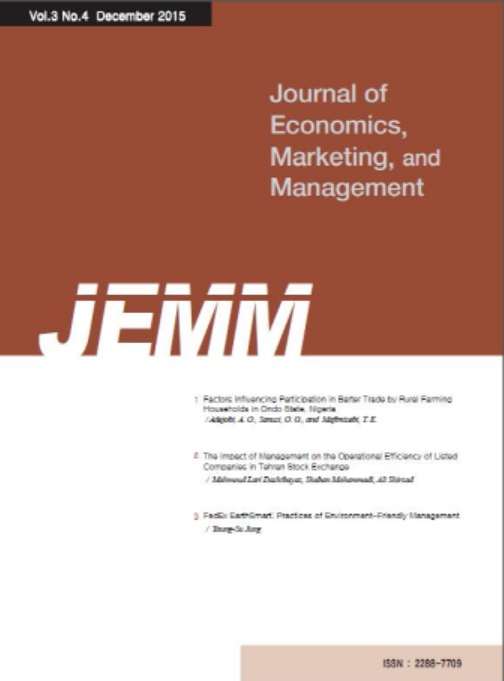- Log In/Sign Up
- E-ISSN2288-7709
- KCI
 E-ISSN : 2288-7709
E-ISSN : 2288-7709
Abstract
Purpose: In this work, we examine several time series models to predict internet and mobile transaction amount in South Korea, whereas Jeong (2020) has obtained the optimal forecasts for online shopping transaction amount by using time series models. Additionally, optimal forecasts based on the model considered can be calculated and applied to the Corona 19 situation. Research design, data, and methodology: The data are extracted from the online shopping trend survey of the National Statistical Office, and homogeneous and comparable in size based on 46 realizations sampled from January 2007 to October 2020. To achieve the goal of this work, both multiplicative ARIMA model and Holt-Winters Multiplicative seasonality method are taken into account. In addition, goodness-of-fit measures are used as crucial tools of the appropriate construction of forecasting model. Results: All of the optimal forecasts for the next 12 months for two online shopping transactions maintain a pattern in which the slope increases linearly and steadily with a fixed seasonal change that has been subjected to seasonal fluctuations. Conclusions: It can be confirmed that the mobile shopping transactions is much larger than the internet shopping transactions for the increase in trend and seasonality in the future.
- keywords
- Additive Seasonality Method, Optimal Forecasts, Shopping Transaction Amount
- Downloaded
- Viewed
- 0KCI Citations
- 0WOS Citations













